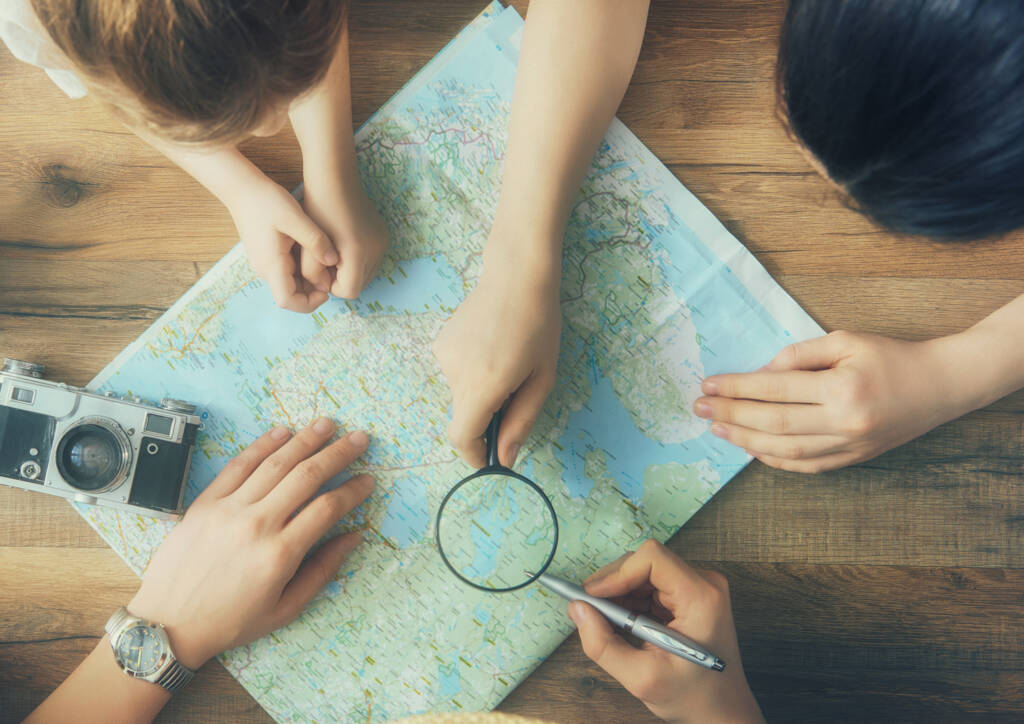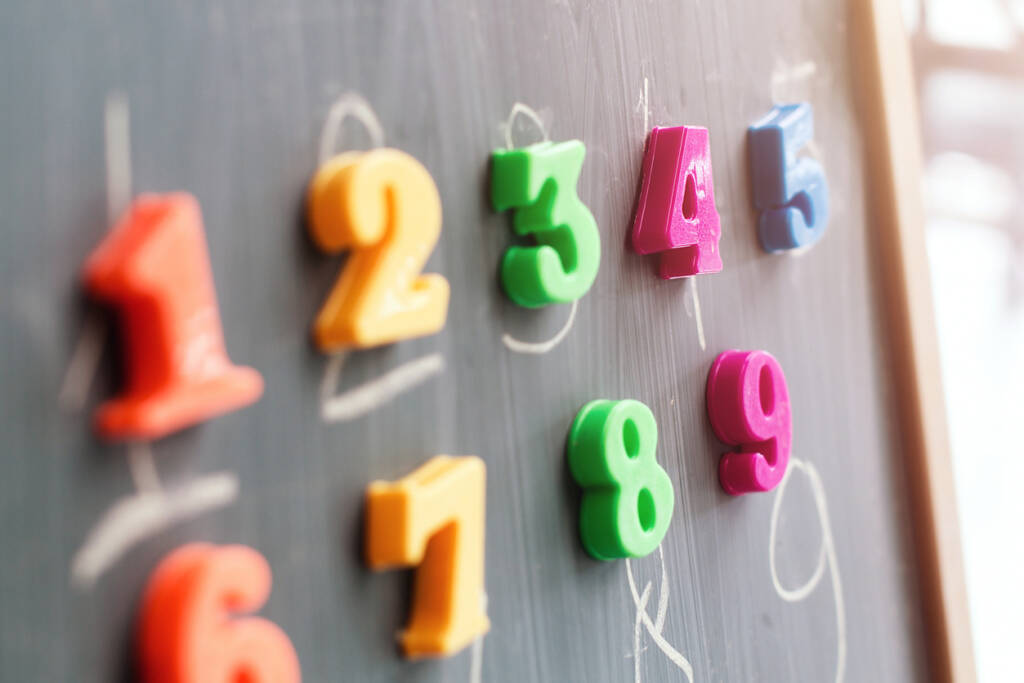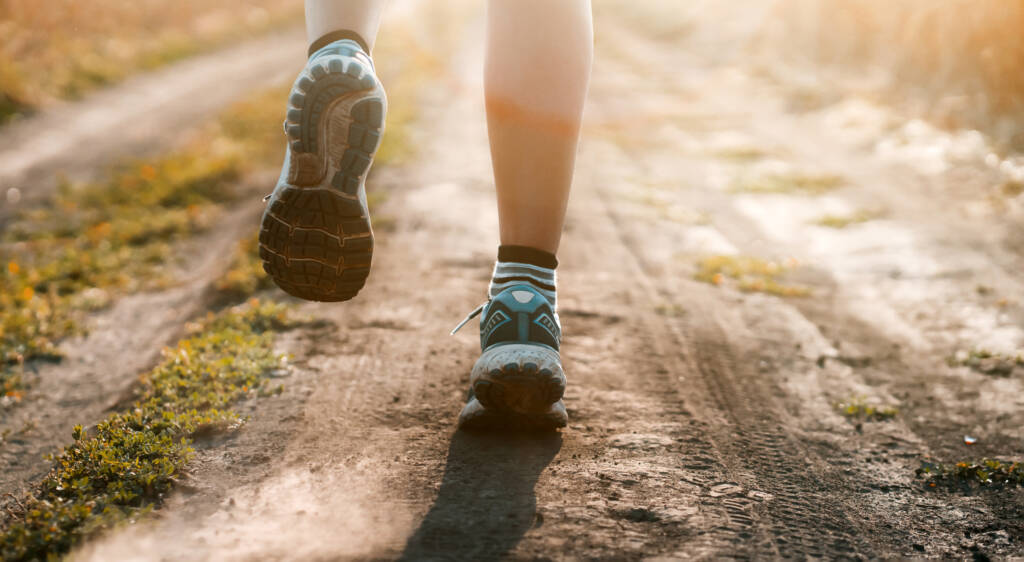
Elementary Social Studies Grade 1

In Social Studies Grade 1, students develop an understanding of citizenship in the home, school, and community. Students learn important concepts and skills related to history, geography, and economics.
Please view the Elementary Parents Guide for Grades K-2 with guidance on helping your student transition to online learning and thrive at VLACS.
Major Topics and Concepts
Segment One
- Rules and Laws
- Consequences of No Rules and Laws
- Rights and Responsibilities
- Citizenship
- Key Elements of Maps and Globes
- Places in Florida on Maps
- Creating Maps
- Physical Features
- Finding Specific Locations and Oceans on Maps and Globes
- Location, Weather, and Environmental Impacts on the Community
- Life Then and Now
- Sequence of Events
- Timelines
- Finding Sources
- History
- Notable Historical People
- Historical Fact and Fiction
Segment Two
- Primary Sources
- Responsible Decision-Making
- The U.S. and Florida Constitution
- Demonstrating Patriotism
- Significant People and Symbols in the U.S.
- Significant People and Symbols in Florida
- Federal Holidays
- Money
- Goods and Services
- Opportunity Costs
- Saving Money
- Buyers, Sellers, Producers
- Scarcity
Course Materials
To achieve success, students are expected to submit work in each course weekly. Students can learn at their own pace; however, “any pace” still means that students must make progress in the course every week. To measure learning, students complete self-checks, practice lessons, multiple choice questions, projects, discussion-based assessments, and discussions. Students and families are expected to maintain regular contact with teachers because, when teachers, students, and parents work together, students are successful.
Required Materials – Please view the list of materials before registering.
Competencies
History and Timelines
I can compare life now with life in the past. I can explain where to find sources of information to learn about the past. I retell the story of people and events from other times and places. I can explain the difference between fact and fiction. I can differentiate between historical fact and fiction I can describe a series of events in sequence by creating a timeline.
Maps and Globes
I can identify key elements of maps and globes. I can describe the use of key elements of maps and globes. I can describe the process of locating places on maps. I can identify physical features on a map or globe. I can describe the impact of the physical environment on the way people live.
Rights and Responsibilities
I can explain the role that rules and laws play in daily life. I can explain the purpose of rules and laws in the community. I can explain the difference between rules and laws. I can identify health consequences for not following rules. I can explain the rights and responsibilities people have in school and in the community. I can identify characteristics of responsible and irresponsible citizenship.
Patriotism and Symbols of the United States
I can identify the patriotism of United States citizens. I can describe patriotic holidays and observances in the United States. I can identify symbols and individuals that represent the United States. I can describe the reasons for celebrations and national holidays in the United States.
Primary Sources and the Constitution
I can describe primary sources. I can explain responsible ways for individuals and groups to make decisions. I can explain the importance of the constitution.
The Economy
I can explain the choices that people must make because of scarce resources. I can identify examples of opportunity cost in everyday life. I can compare goods and services. I can explain the roles of buyers, sellers, and producers. I can explain the reasons for people to save money.

